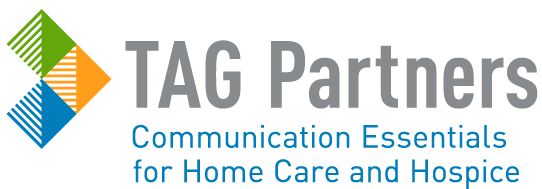Osteoporosis is a disease that is marked by decreased bone mass and poor bone quality, which lead to a greater risk of bone fractures. According to the American Academy of Orthopaedic Surgeons, osteoporosis affects about 10 million Americans, and another 18 million others are at risk of developing the disease. Additionally, 34 million Americans are at risk of developing osteopenia, or low bone mass.
October 20 is World Osteoporosis Day. Spread the word in your community about the importance of good bone health.
Did you know that men over 50 are more likely to break a bone due to osteoporosis than they are to develop prostate cancer? Lead an informative session about the dangers of osteoporosis in men at a local VFW, Lions Club or community group with a high membership of men. Download a brochure focusing on men’s health and osteoporosis to distribute at the session.
Partner with a local orthopedic practice and sponsor a free community bone density screening. These screenings are safe, fast, and involve no radiation. Your first step: learn more about the non-invasive screening using an ultrasound bone densitometer.
Write a short article (about one page typed) about bone health and include tips for people to improve their own bone health. Submit it to local churches, community organizations, and community newspapers to be used as a drop-in article in their bulletins, newsletters or other publications.
Teach a ready-made class on bone, joint and muscle health at area ALFs, adult day care centers and places of worship. The class comes complete with posters to promote it, an easy-to-read script, flyers for the audience to follow along, and a backdrop customized to your agency. Course elements are also available individually. Call 866-232-6477 for details and pricing.
For those who have osteoporosis, suffering a fall poses a serious risk because even small stumbles can mean a fractured bone. Create posters to promote your agency’s fall prevention efforts and free home safety screenings in the offices of all your physician referral sources and at your local libraries and senior centers. Consider adding a fall prevention patient education guide to your patient materials to help clients stay safe.
Distribute an agency newsletter about the importance of strong bones for fall prevention. Find a ready-made one here.


